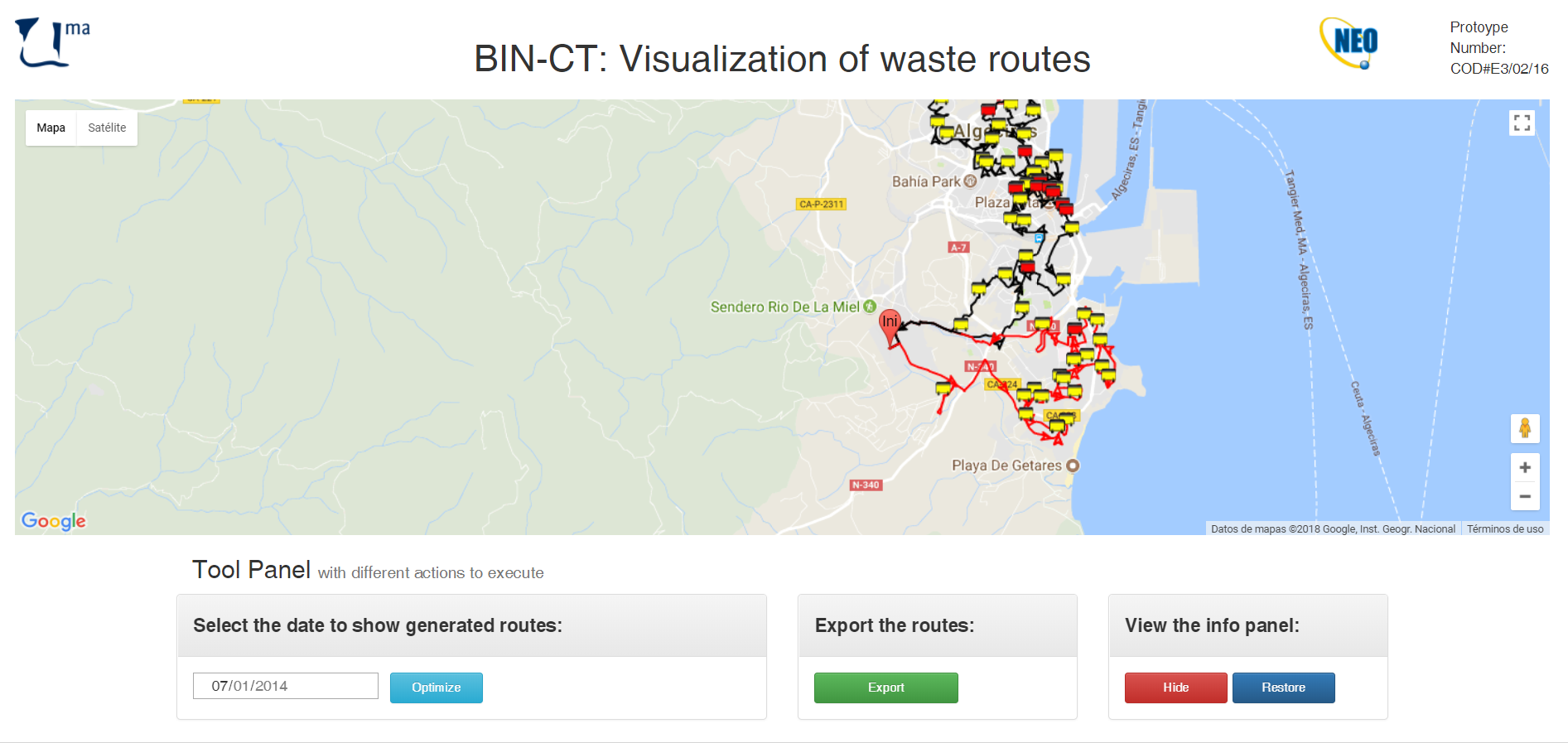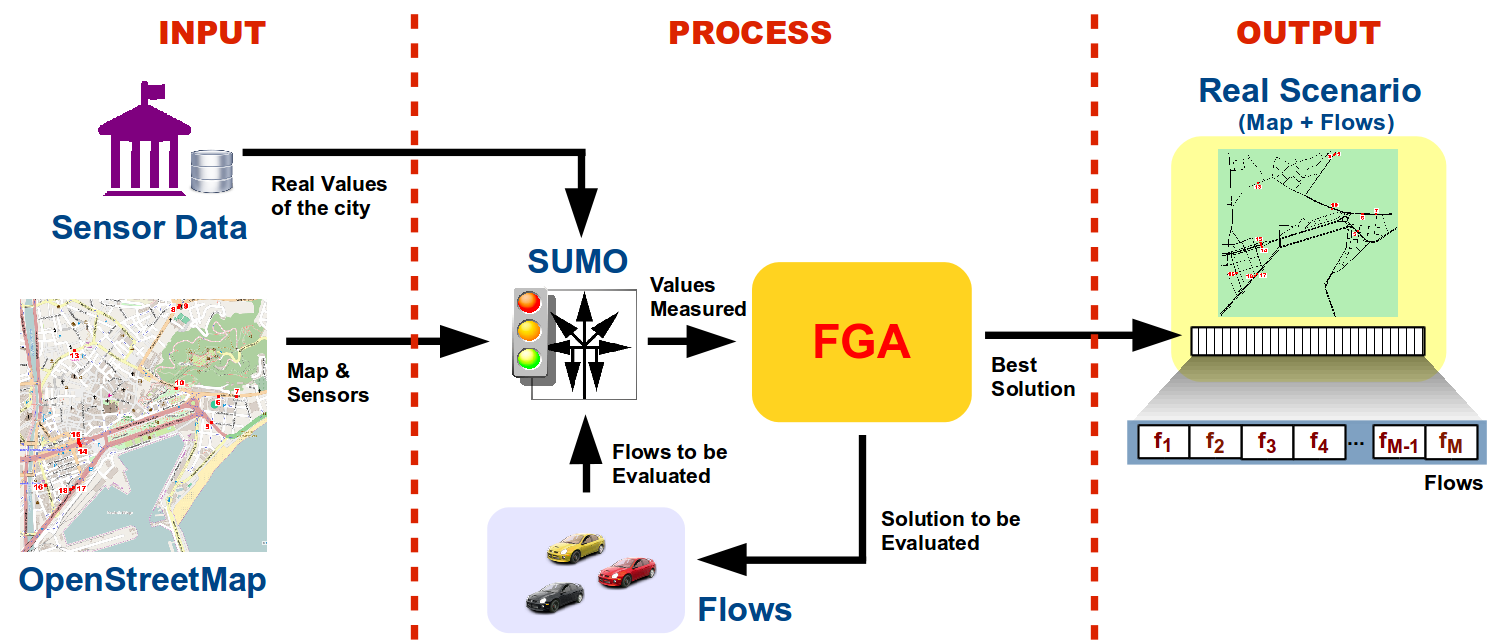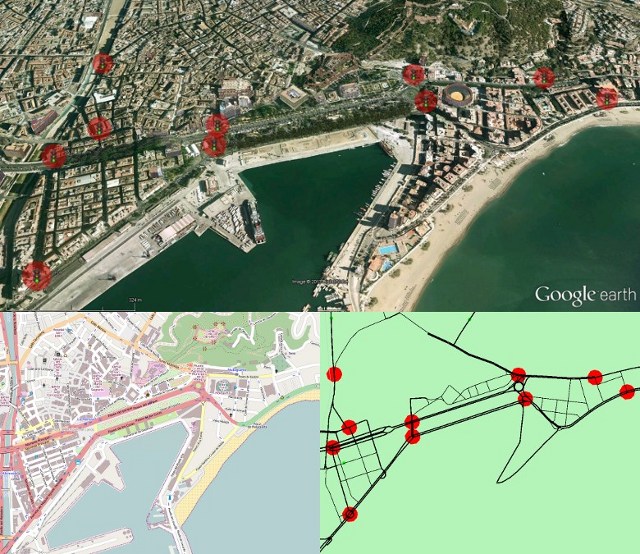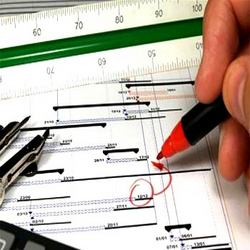Networking and Emerging Optimization |
The NEO Research group works at the Deptarment of LCC from the University of Malaga (Spain). NEO is composed of both young and experienced members with the global target of solving multidisciplinary Real-World Problems of interest for our Society and Computer Science |
News
Social Media
Our Thematic Sites
Publications
2014, 2013, 2012, 2011, 2010, 2009, 2008, 2007, 2006, 2005, 2004, 2003, 2002, 2001, 2000, Previous years
Other links
The Problem Site
Sorted by Categories |
Lexicographical OrderAutomatic Frequency Planning, Automatic Test Case Generation, Broadcasting Protocol, Cycle Programs, DVRP, Fragment Assembly, Gene Selection of DNA Microarrays, MANETS, Model Checking, Parking Allocation, P2P in VANETs, Radio Network Design, Red Swarm, Software Project Scheduling, VRP. |
Smart Mobility and Intelligent Transport Systems
| Optimization Problem | Brief Description | Logo |
| BIN-CT: Solid Waste Collection of tomorrow | We have developed an intelligent tool that, supported by past, present and future data, plans efficient waste collection routes. Actually, past data mean historical data, present data mean data extracted from sensors, and future data mean forecasted data using a mathematical models for each waste container located in the area. This innovative system solves the two major problems, the result of uncertainty, that exist in the collection of recyclable waste: determining which waste containers should be collected in each service and which is the best possible route for each of the collection trucks. We have evaluated our system on a real-world scenario supported by the company in charge of the selective collection in the Campo de Gibraltar region. We have evaluated our system on a real-world scenario supported by the company in charge of the selective collection in the Campo de Gibraltar region. Our system save cost to the company meanwhile it reduces the pollution and provide a better service for the citizens. [Read more] |  |
| Computing New Optimized Routes for GPS Navigators | GPS navigators are now present in most vehicles and smartphones. The usual goal of these navigators is to take the user in less time or distance to a destination. However, the global use of navigators in a given city could lead to traffic jams as they have a highly biased preference for some streets. From a general point of view, spreading the traffic throughout the city could be a way of preventing jams and making a better use of public resources. We propose a way of calculating alternative routes to be assigned by these devices in order to foster a better use of the streets. |  |
| Generate Real Urban Traffic Flows | We present a strategy based on an evolutionary algorithm to calculate the real vehicle flows in cities according to data from sensors placed in the streets. We have worked with a map imported from OpenStreetMap into the SUMO traffic simulator so that the resulting scenarios can be used to perform different optimizations with the confidence of being able to work with a traffic distribution close to reality. We have compared the results of our algorithm to other competitors and achieved results that replicate the real traffic distribution with a precision higher than 90%. |  |
| Red Swarm | This is an original approach to regulate traffic by using an on-line system controlled by an EA. It uses computational spots with WiFi connectivity located at traffic lights (the Red Swarm), which are used to suggest alternative individual routes to vehicles. The objective is to find a configuration for the Red Swarms which reduces the travel time and also prevents traffic jams. [Read more] |  |
| Optimal Parking Allocation | ParkNet is a software platform for the automatic management of places in public parkings. It has been designed with the aim of assisting drivers on the place location, with the global target of minimizing the time to park their own vehicles, as well as maximizing the economical profit to administrations for this management. [Read more] |  |
| Optimal Cycle Program of Traffic Lights | Optimal scheduling of traffic lights, and in particular optimal light cycle programs, is also a crucial task in actual cities with potential benefits in terms of energy consumption, traffic flow management, pedestrian safety, and environmental issues. Unlike new decentralized self-regulated lights, or traditional queue based systems, the use of metaheuristic algorithms to find successful cycle programs of traffic lights is still an open issue. [Read more] |  |
| Broadcasting Protocol Tuning | Optimizing the broadcasting protocol is especially important in VANETs, since it can speed up basic network operations with the aim of enhancing upper QoS applications. This problem can be tackled by targeting three main goals: reaching as many devices as possible, minimizing the network utilization, and reducing the duration time of the broadcasting process. [Read more] |  |
| Optimal Transfer of P2P Information in VANETs | The search of the best protocol configuration for VANETs by hand is practically impossible since it exists an enormous number of different possibilities. For this reason we face this problem by mean of automatic intelligent tools. We treat the optimization of the Vehicular Data Transport Protocol (VDTP) known as the Optimal File Transfer Configuration (OFTC) problem. VDTP is a connectionless protocol which operates on UDP to exchange files among vehicles. [Read more] |  |
| Dynamic Vehicle Routing Problem (DVRP) | DVRP consists in assigning optimal routes to a fleet of vehicles that must give service to a set of clients. The problem conditions can be dynamic (especially if the fleet is connected to adapt to changing conditions), and therefore, highly variable: travel times may change due to traffic incidences, routes might be blocked off, new customer demands can be accepted and included in current routes, withdrawal of scheduled demands could be possible, etc. [Read more] | 
|
| Vehicle Routing Problem (VRP) | The Vehicle Routing Problem (VRP) is one of the most challenging combinatorial optimization task. Defined more than 40 years ago, this problem consists in designing the optimal set of routes for fleet of vehicles in order to serve a given set of customers. The interest in VRP is motivated by its practical relevance as well as by its considerable difficulty. [Read more] |  [Go to Top] |
Software Engineering
| Optimization Problem | Brief Description | Logo | |
| Software Project Scheduling | The Software Project Scheduling problem consists in deciding who does what during the software project lifetime. There exists a set of employees that have to complete a set of tasks. Each employee has a salary and some skills. The tasks are related by a Task Precedence Graph (TPG), wich determines a partial ordering in the set of tasks. The main two objectives are to reduce the completion time and the cost of the whole project. [Read more] |  |
|
| Automatic Test Case Generation | Software Testing is one of the most important phases of the software development process. The objective is to find errors in the software and to assure its correctness with a high probability. An automatic test case generator is a tool that proposes a set of test cases to be run on a given program in order to check if the program satifies the functional or non-functional requirements. [Read more] |  |
|
| Model Checking | Model checking is a fully automatic technique that allows to check if a given concurrent system satisfies a property like, for example, the absence of deadlocks, the absence of starvation, the fulfilment of an invariant, etc. The use of this technique is a must when developing software that controls critical systems, such as an airplane or a spacecraft. However, the memory required for the verification usually grows in an exponential way with the size of the system to verify. [Read more] |  [Go to Top] |
Bioinformatics
| Optimization Problem | Brief Description | Logo |
| Gene Selection of DNA Microarrays | Optimal gene selection in DNA Microarrays is a complex problem proved to be NP-hard. Therefore, we need efficient automated approaches to tackle it. Metaheuristics algorithms have proved to be adequate tools for this matter, since they are capable of solving the feature selection accurately and efficiently for the large dimensions needed in Biology.[Read more] |  |
| Fragment Assembly | Large strands of DNA need to be broken into small fragments for sequencing in a process called shotgun sequencing. In this approach, several copies of a portion of DNA are each broken into many segments short enough to be sequenced automatically by machine. But this process does not keep neither the ordering of the fragments nor the portion from which a particular fragment came. This leads to the DNA fragment assembly problem, in which these short sequences have to be then reassembled, in order, using the overlapping portions as landmarks. [Read more] |  [Go to Top] |
Communication Networks
| Optimization Problem | Brief Description | Logo |
| Automatic Frequency Planning | This problem relies in assigning the limited spectrum of frequencies available to all TRXs of the GSM network in order to maximize its performance, or, what is the same, minimize interferences. The input data include the network topology as well as the potential interferences between each pair of TRXs. [Read more] |  |
| Mobile Ad-hoc Networks (MANETS) | Optimizing the broadcasting protocol for MANETs networks supposes a very complex problem because of the own features of this kind of networks. Due to the highly fluctuating nature of these networks, the evaluation function is stochastic, making necessary multiple executions of the simulator for evaluating the protocol. In addition, every time we execute the simulator the protocol is evaluated on a different network, since we are working with a problems generator. Finally, the problem is easily scalable just by adding more devices to the simulation area. [Read more] |  |
| Radio Network Design | This NP-hard combinatorial problem consists of determining a set of locations for placing radio antennae in a geographical area in order to offer high radio coverage using the smallest number of antennae. This problem is originally found in mobile telecommunications (such as mobile telephony), and is also relevant in the rising area of sensor networks. The part of an area that is covered by an antenna is called a cell. In the following we will assume that the cells and the area considered are discretized, that is, they can be described as a finite collection of geographical locations. [Read more] |  [Go to Top] |
Other Related Problems and Categories
[Go to Top]


